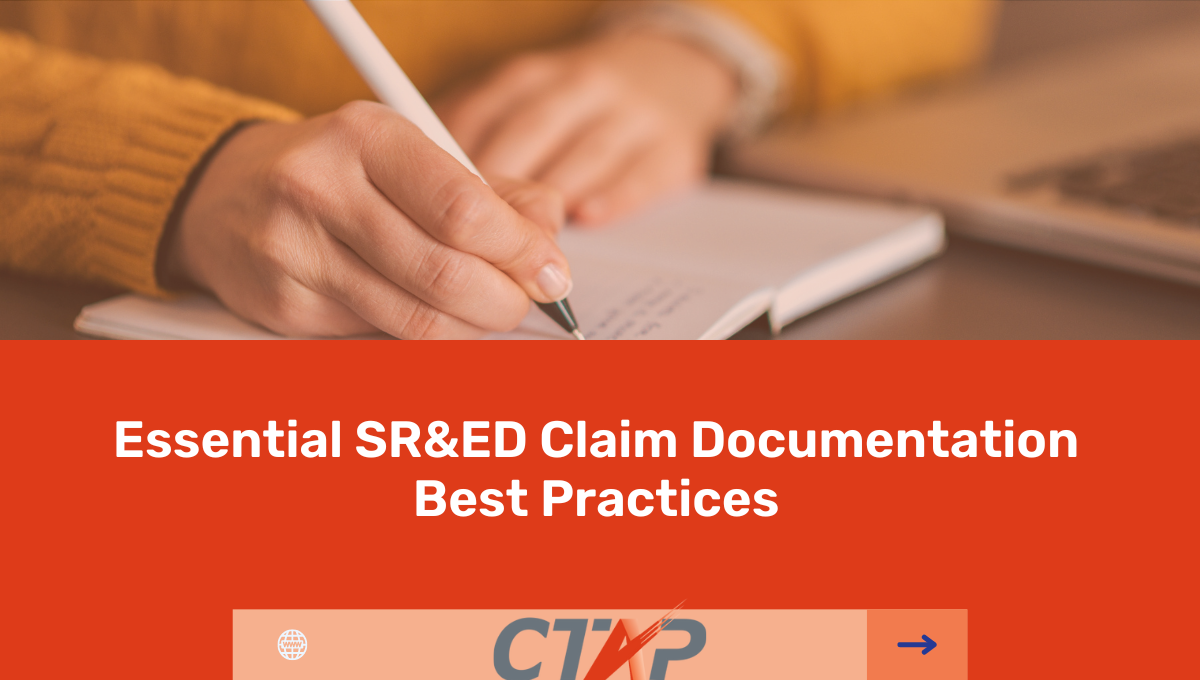

Scientific Research and Experimental Development (SR&ED) tax credits are a valuable source of funding for innovative Canadian companies. Proper documentation is crucial for supporting your SR&ED claim and maximizing your chances of success. This article will explore essential SR&ED claim documentation best practices to help you navigate the process effectively.
SR&ED claim documentation best practices are a set of guidelines and strategies that help companies accurately record and present their research and development activities to support their SR&ED tax credit claims. These practices ensure that all necessary information is captured, organized, and presented in a way that meets the Canada Revenue Agency (CRA) requirements.
Implementing SR&ED claim documentation best practices is crucial for several reasons:
One of the most essential SR&ED claim documentation best practices is to implement a comprehensive record-keeping system. This system should capture all relevant information in real-time, ensuring accuracy and completeness.
Another critical SR&ED claim documentation best practice is to articulate your project’s objectives and hypotheses clearly. This demonstrates the scientific method in your SR&ED activities.
Comprehensive technical documentation is a fundamental SR&ED claim documentation best practice. It supports the scientific and experimental nature of your work.
Precise tracking of time and resources allocated to SR&ED activities is a vital SR&ED claim documentation best practice for substantiating your claim.
Capturing the rationale behind key decisions is an important SR&ED claim documentation best practice that demonstrates the systematic nature of your SR&ED work.
Well-organized financial records are an essential SR&ED claim documentation best practice for supporting the expenditures claimed in your SR&ED application.
Regularly reviewing and updating your SR&ED documentation is a best practice that ensures its accuracy and completeness.
Utilizing appropriate technology is an SR&ED claim documentation best practice that can significantly enhance the efficiency and effectiveness of your processes.
Ensuring all team members understand and follow SR&ED documentation best practices is crucial for maintaining consistent, high-quality records.
Implementing SR&ED claim documentation best practices can be challenging, especially for startups and small businesses. This is where expert guidance becomes invaluable. CTAP.CA, a leading consulting group specializing in SR&ED funding for startups, can provide the necessary support and expertise to optimize your documentation practices.
Mastering SR&ED claim documentation best practices is essential for maximizing the value of your SR&ED claims. By implementing robust record-keeping systems, maintaining detailed technical documentation, and following other best practices outlined in this article, you can significantly improve your chances of a successful claim. Remember, expert guidance from consultants like CTAP.CA can provide invaluable support in navigating the complexities of SR&ED documentation and claims processes.